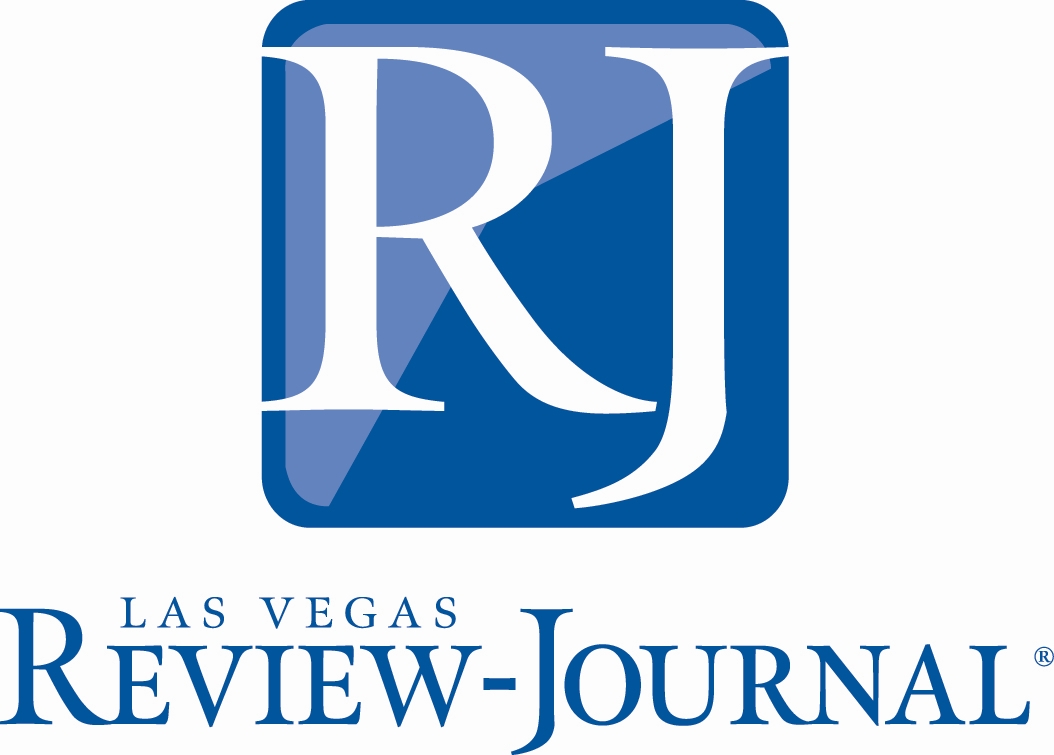Las Vegas Review-Journal: Las Vegas technology park poised for additional development
Las Vegas Review-Journal: Las Vegas technology park poised for additional development

The UNLV Research Foundation realized it needed a partner for its research and technology park to reach its potential.
Two months after the announcement that Utah-based Gardner Co. would serve as master developer of the UNLV Harry Reid Research & Technology Park, it’s preparing for additional development beyond the two tenants on the 120-acre site in the southwest valley. Some 93 acres are left for development at the park, at Sunset Road near Durango Drive just off the 215 Beltway.
Gardner has named Slater Hanifan Group of Las Vegas as civil engineers in the development of phase one. Ed Vance & Associates Architects of Las Vegas have been hired as Gardner announced plans for a building measuring 130,000 to 150,000 square feet.
Construction could begin within a year, and the building would take about 10 months to construct, according to Dan Stewart, a longtime Nevada resident and vice president of development for Gardner.
Negotiations are underway to lure companies doing technology or medical research, and Stewart said the UNLV Research Foundation will be among some of the tenants to occupy the space.
“Some of the UNLV departments want a piece of the action, and there’s great interest in the park from a lot of (companies) in getting out there,” Stewart said.
That’s welcome news for the research park whose construction over the last two years has been limited to two buildings, 100,000-square feet for BriovaRx, a specialty pharmacy, and the American Preparatory Academy’s campus.
Nevada Sen. Harry Reid secured 120 acres from the Bureau of Land Management a decade ago with the intent the park would be focused on high-tech companies to support UNLV research and economic development in Southern Nevada.
The goal is to lure and incubate businesses to help diversify the Southern Nevada economy and make the university a center of research and open a pipeline of employment for students.
That potential, however, hasn’t been fully realized, said Zach Miles, executive director of the UNLV Research Foundation and associate vice president for economic development at UNLV.
“In order to reach the right companies to be located in the park, we needed a partner,” Miles said. “We needed someone with the financing behind them to put up the buildings and bring in the right partnerships versus the Research Foundation that doesn’t have a ton of money. If we wanted to bring in a Pfizer, now we can by working with a master developer. That’s not something the foundation could have done directly.”
Gardner, which was selected among more than 10 companies that submitted proposals, has had success with a similar-modeled research park at the University of Utah. It’s also done a major office development in Boise, Idaho, and elsewhere, Miles said. It’s constructed projects for the Huntsman Cancer Institute, Adobe, Visa and Overstock.com., and Miles said there are similar opportunities for Southern Nevada.
“We expect the park to be filled up in 30 years,” Miles said. “I think Southern Nevada is in a situation where it wants this to take place. It was hit fairly hard by the recession and economic development is something at the forefront. We have a favorable tax and business climate that make us attractive and to a certain extent everyone is trying to drive this forward.”
Miles said Gardner has a lease on the land it develops over the course of 55 years with a 10-year option. It then reverts back to the university. Gardner pays 7.5 percent a year based on the value of the land it develops.
The research park won’t be a center for manufacturing but instead seek out lab-based companies only that could develop technology and patents that could lead to manufacturing at another location in Southern Nevada, Miles said. UNLV will be able to lure federal research grants, and students will get a chance to work with companies that locate in the park, he said.
“This provides us an opportunity to stand out from other institutions,” Miles said. The institutions that have similar parks end up being a location where the community and university rub elbows to advance economic development and diversification in high-tech companies and workforce development.”
To view the article by Buck Wargo on the Las Vegas Review-Journal’s website, click here.
